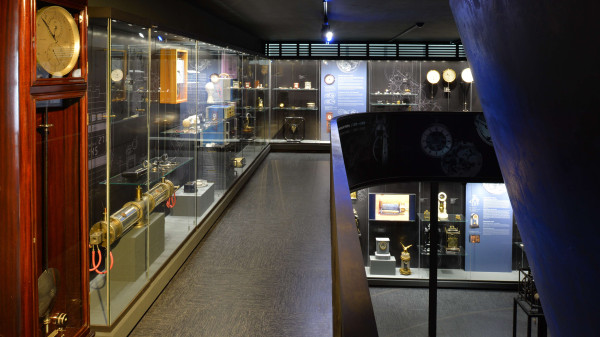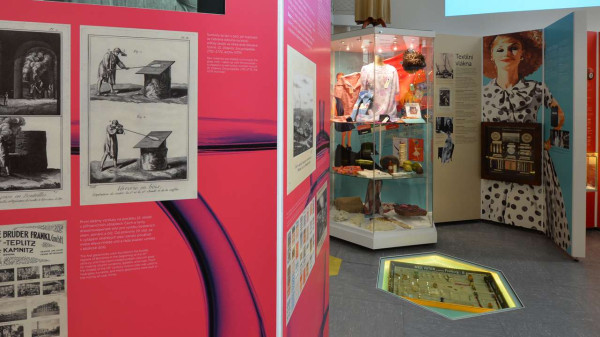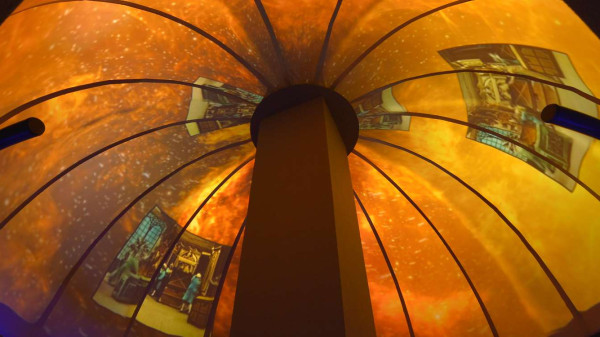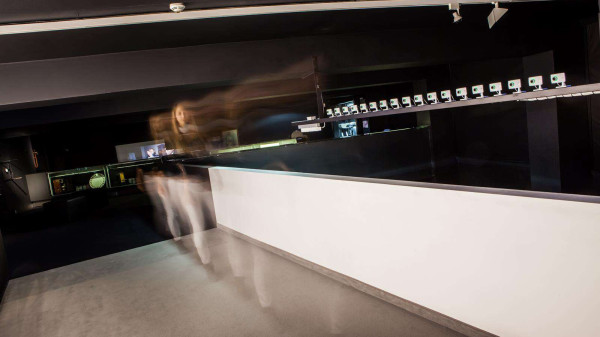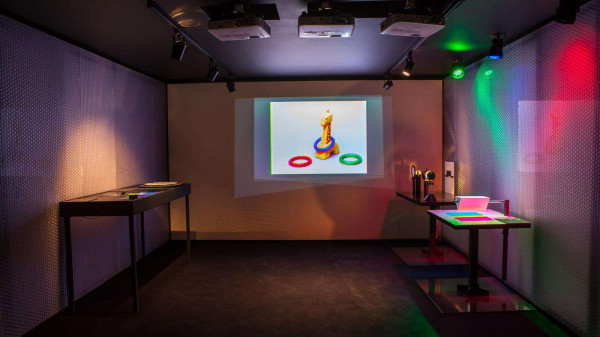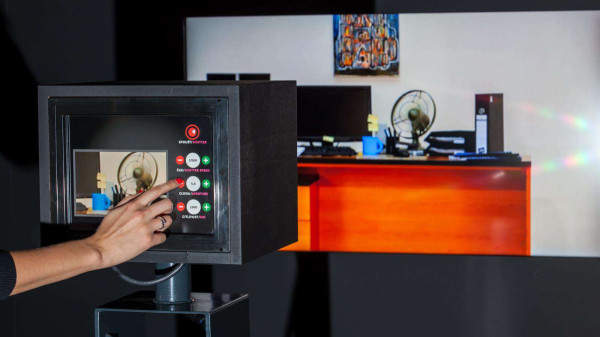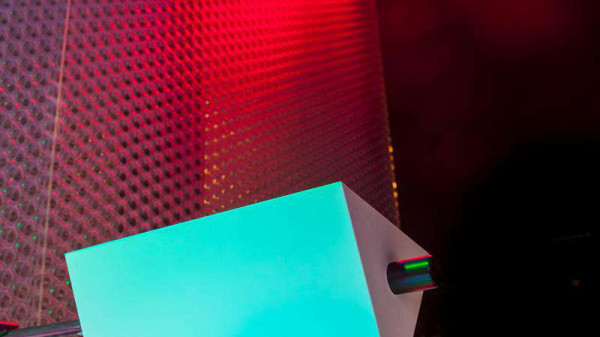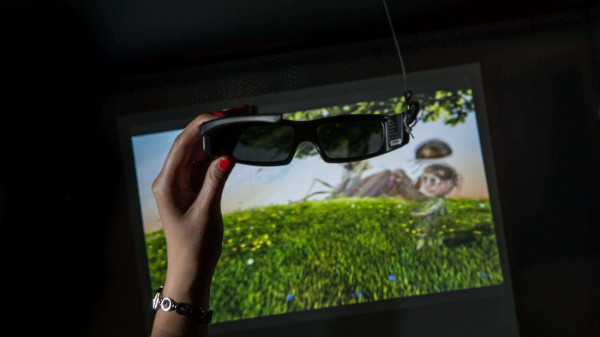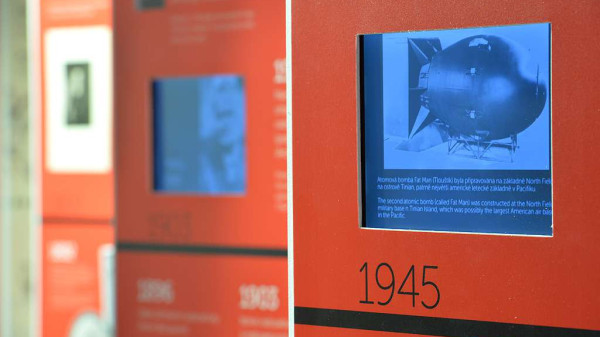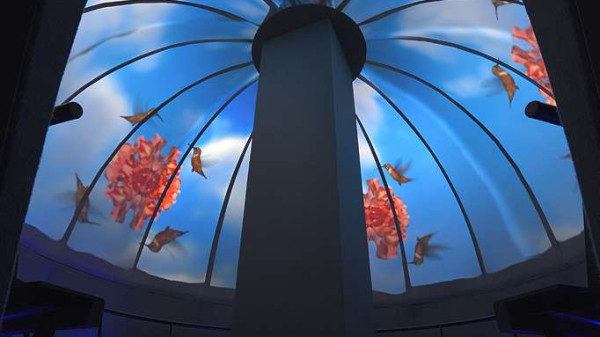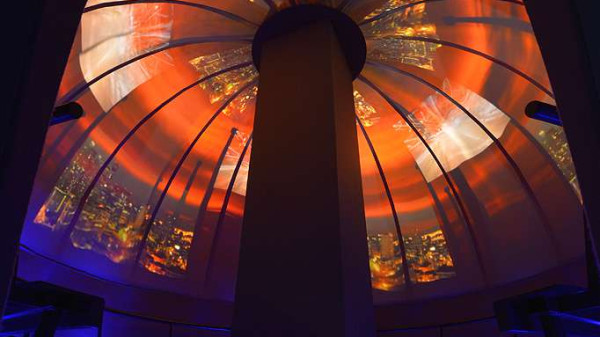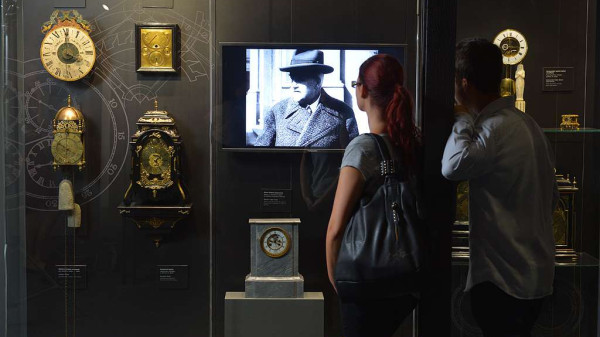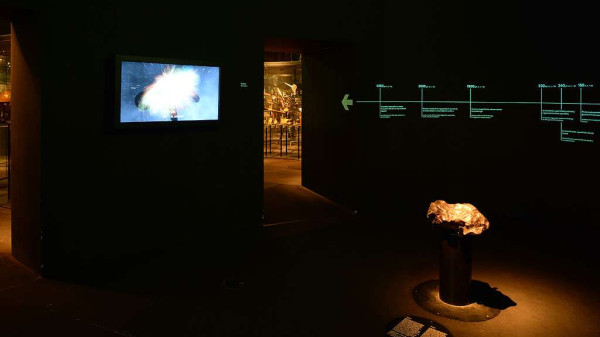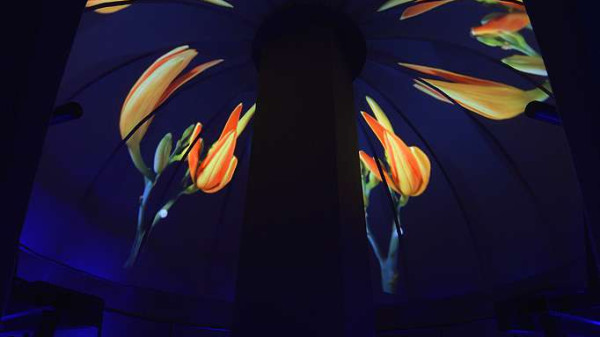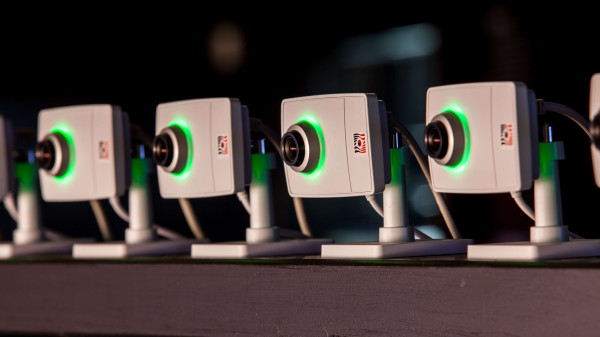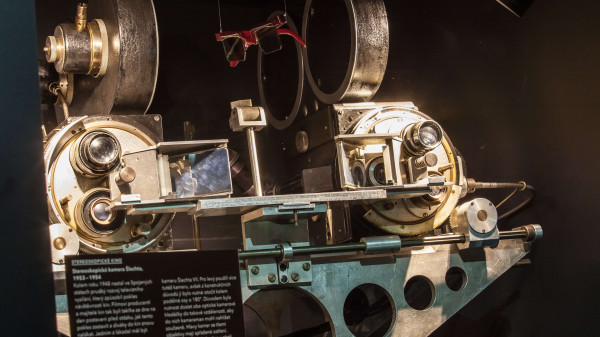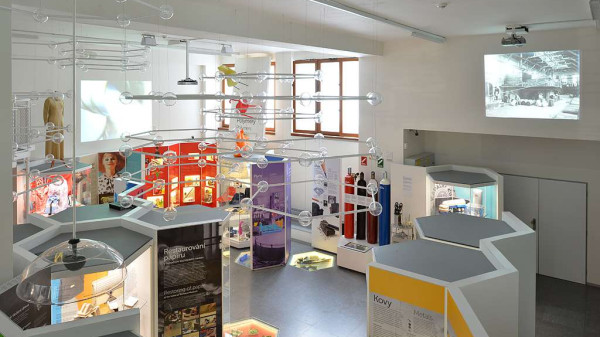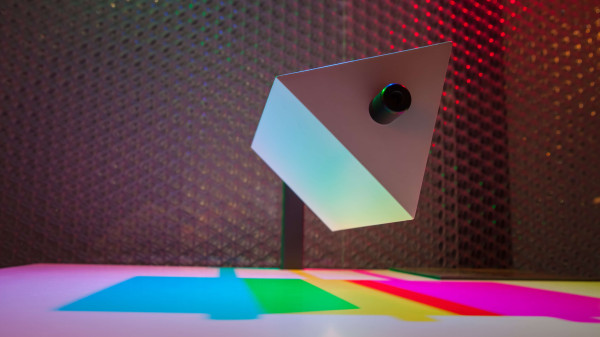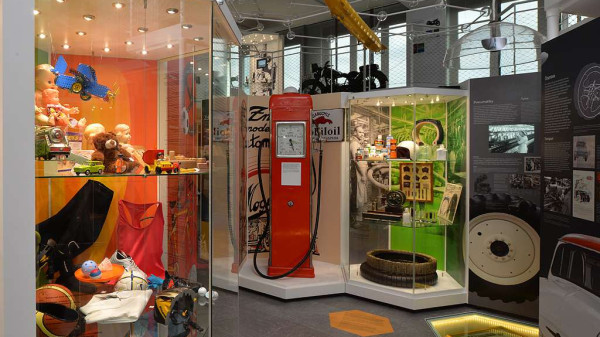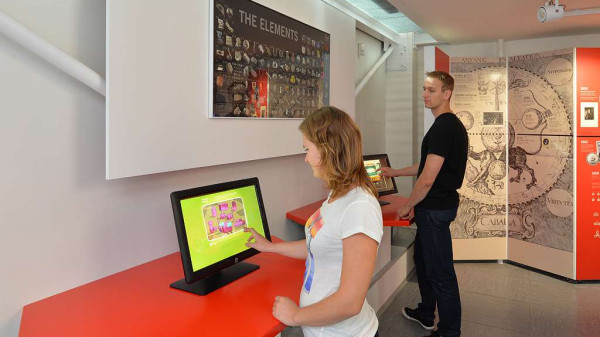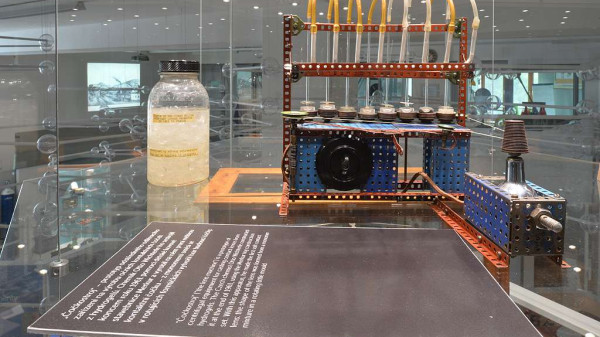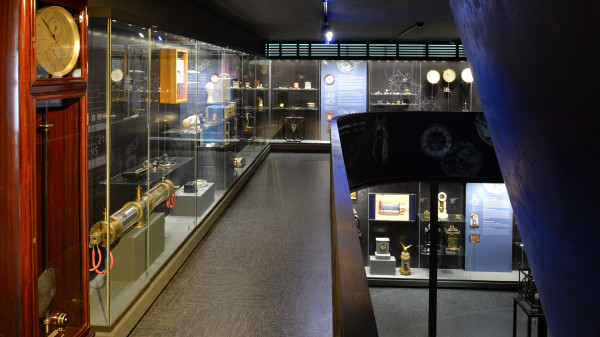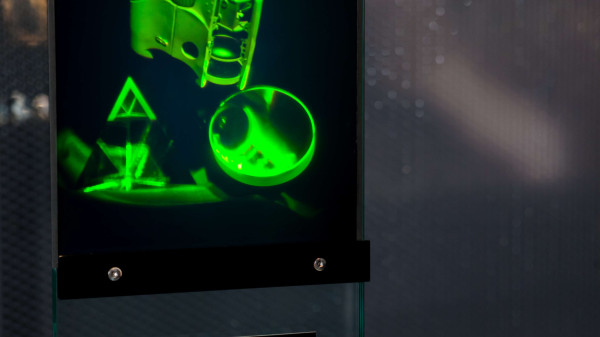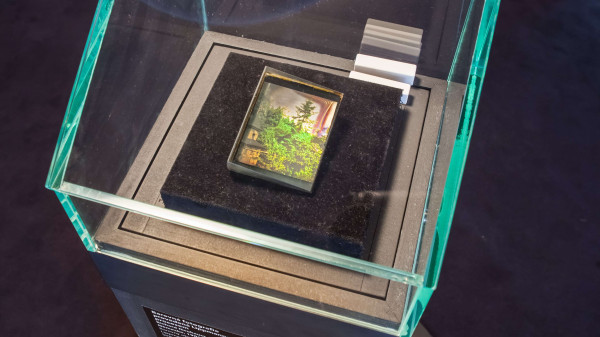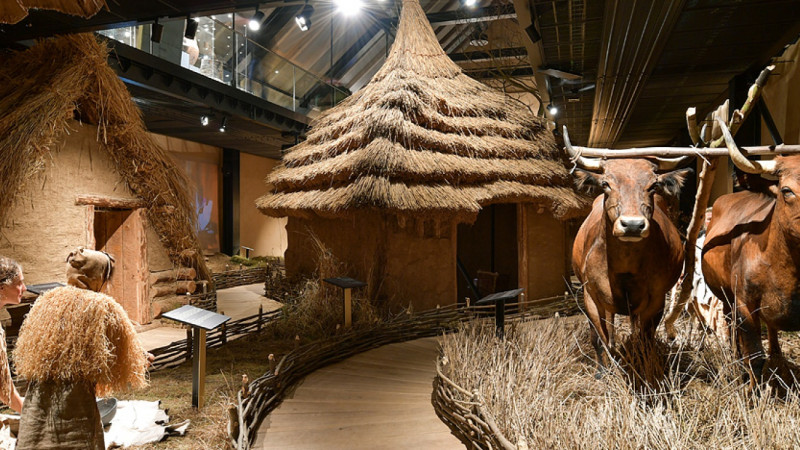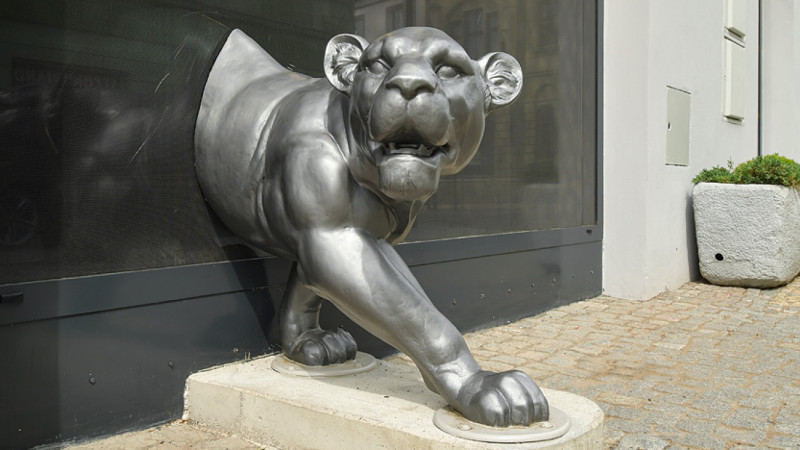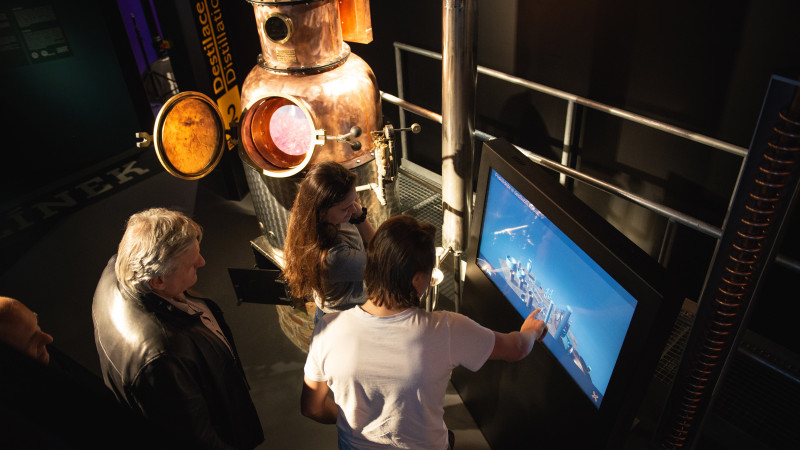
National Technical Museum
The new expositions present the best of science and technology. An absolutely unique “holistic” projection hemispheric space in NTM.
The National Technical Museum (NTM) is the most significant exposition space intended for technical development not only in the Czech Republic. The expositions in NTM present the best that was created in science and technology during the last centuries.
Following an extensive modernization started briefly after the velvet revolution, NTM opened its thematic expositions focused on essential phenomena such as physics, chemistry, perception of time and photography. At present, NTM already offers 12 unique expositions opened at the same time after the general redevelopment. AV MEDIA together with M PLUS implemented three of these new expositions – Measurement of Time, Chemistry Around Us and Photographic Studio. The first two expositions involved a contribution of the architect Jiří Javůrek from SL PROJEKT, the Photographic section that of the ADR studio.
Extraordinary concept of abstraction of time in the Measurement of Time exposition
Since ever, people perceived the flow of time and looked for ways intended for measuring this phenomenon. Originally, stars and the Sun were used for that purpose and, gradually, with the technical revolution, cleverer ways for measurement of the flow of events were discovered and corresponding time units introduced. Different ways of time measurement based on clocks still differ in their principle and their accuracy and, in our today’s technical and globally interconnected world, the notion of time starts to become rather abstract. We do not arrange our encounters for a specific hour (as we set them during the particular day via a mobile phone), we do not wait for our favourite TV programme (preferring a recording or the internet), etc.
The abstraction of time led the authors of Measurement of Time to two points of view: a physical presentation of most various clock devices and principles containing beautiful tower and personal “time meters” complemented with videos with educational discourses on the phenomenon of time, and an abstract immersive form of presentation based on a projection dome.
Projection dome
An absolutely unique “holistic” projection hemispheric space was created in NTM. The intention of the architects to place the hemisphere into the space of NTM was not trouble-free, as supporting columns presented a complication. But they finally succeeded in finding a compromise and the projection dome with a diameter of 5 m was erected around one of the supporting columns. As it was impossible to project across the column, the whole system is based on rear projection and equipped with 8 powerful projectors with synchronized content players. The overall projection resolution corresponds approximately to 6K (6192 px horizontally), though over 6 Mpix of source image are used in a real time playback, complemented with effect spatial sound. Three semi-dome programs totalling to 15 minutes depict an abstract portrayal of perception of the time flow.
Chemistry around us
In this exposition, the authors tried to present chemistry through commonly perceived elements of everyday life to make the visitors aware of where they actually encounter chemistry. Chemistry is literally everywhere around us, as well as in common items we use every day – plastic cups, packages, food, metallurgy, etc.
The overall exposition is complemented with audiovisual elements directly integrated in the exhibits. Audiovisual projection on walls is used to display original films describing the processing of chemical materials and plastics. Directional audio is intended for the section of audio comments. As a matter of course, interactive kiosks are present, here offering simple games mostly related to the ways of industrial processing of chemical substances. This exposition also includes two labs for children containing interactive boards.
One of the most interesting exhibits of this exposition is the Wichterle’s device that was a prototype for serial production of contact lenses. NTM directly displays as an exhibit the prototype of the original machine constructed from a gramophone mechanism and the Merkur toy construction set.
Photographic studio
Studio I that already contained simple interactive elements such as working with photographs was extended for Photographic Studio II offering several highly unique exhibits. They include for instance Šlechta’s camera, the first 3D camera, on which the first 3D movie was shot in the seventies of the 20th century. Even a number of stereoscopic 3D films were obtained, which are shown using a 3D projector supplied by AV MEDIA.
One of the most exciting and really interactive exhibits is the Muybridge’s experiment. Any visitor can become part of it when walking through a special area where 18 fast synchronous cameras capture such action. Muybridge performed similar capturing already towards the end of the 19th century, initially with horses, as the experiment was originally intended for exploration of movement in animals, and later on also in people. Immediately after the experiment, the visitor can send the result to his/her e-mail address as a simple photograph, on which the movement is captured, or of a video.
Besides this interactive exhibit, the exposition also involves special projection experiments explaining the composition of colours based on the Maxwell’s experiment. Three projectors emit the individual RGB colour components and combine them within a colour space. Visitors can use their own shades in order to verify that this really works.
The exposition also includes a special experiment focused on additive and subtractive perception of colours provided by a leading edge LED projector. Another exhibit is an old mechanical slide projector. Visitors can thus explore the difference between the today’s projection and this old slide device. Another interactive exhibit is a photographic simulator. Visitors can try out themselves what it means to adjust sensitivity, iris, shutter... and explore the influence on the captured scene. Visitors are able to interactively select the individual components and try out what is the result. The exposition also offers lighted praxinoscopes or 3D animated pictures created prior to cameras.
The overall exposition features an interesting lighting atmosphere (created using scenic lights), which is important for the perception of the exposition with plenty of optical exhibits. Included are for instance holographic recordings from the original laboratory in Regensburg producing top European holograms, as well as other old holograms. One of the most precious exhibits, by no means easy to illuminate, is the Lippman’s photograph.
The Photographic Studio exposition includes concealed projection surfaces, which are practically invisible for the spectator (if not an expert), however, which play an important role in imaging. An appropriately selected projection screen for every exhibit is a key to success. The whole exposition is additionally provided with vertical touch screens, from which the visitors can obtain required information.

NÁRODNÍ TECHNICKÉ MUZEUM
The National Technical Museum’s Centre for Architectural Heritage implemented in Plasy is an important branch in Western Bohemia. The Architectural Heritage Centre in Plasy became a major project that not only saved valuable buildings in the unique monastery in Plasy from destruction, but widened the scope of education in particular. The Architectural Heritage Centre in Plasy successfully completed a project of the National Technical Museum co-financed by the European Regional Development Fund (ERDF) through the Integrated Operational Programme (IOP), area of intervention 1.5 - National Support for Utilizing Potential Cultural Heritage. Six years of hard work are responsible for the realization of this project, not only by NTM workers, but also the Ministry for Regional Development, the Centre for Regional Development, the Ministry of Culture and many others.

















